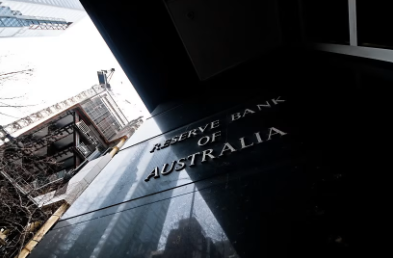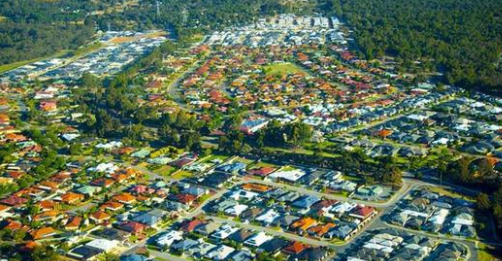The Reserve Bank has lifted its projection for the amount of disposable income that will need to be dedicated to scheduled mortgage repayments.
In the latest Statement on Monetary Policy (August 2023), the Reserve Bank of Australia (RBA) has projected that scheduled mortgage repayments will “increase to a historical high” of approximately 9.8 per cent of household disposable income by the end of 2023.
Moreover, the RBA has said this will hit a new record of 10.1 per cent by the end of 2024, based on the cash rate rises to date.
According to the statement, scheduled mortgage repayments (interest plus scheduled principal) increased to 9.4 per cent of household disposable income during the June quarter.
“Scheduled payments have risen by around 2.25 percentage points of household disposable income since the March quarter of 2022 and will continue to increase as borrowers with expiring fixed-rate loans roll off onto higher rates,” the RBA stated.
Notably, the RBA increased the projected percentage of household disposable income by the end of the year from its Statement on Monetary Policy May 2023, up by 0.2 per cent from 9.6 per cent by the end of 2023, and up 0.2 per cent from 9.9 per cent by the end of 2024.
Other revisions
Along with the revision of the projected amount of disposable income going towards mortgage repayments, the RBA also updated its outlook on inflation, gross domestic product (GDP) growth, and the unemployment rate.
The central bank now forecasts GDP growth to be 0.9 per cent per cent in 4Q23 and 1.6 per cent in 4Q24, a revision of 0.3 per cent for 4Q23 (previously 1.2 per cent in May) and 0.1 per cent for 4Q24, down from 1.7 per cent.
Additionally, the RBA expects headline inflation to hit 4.1 per cent by 4Q23 and lowering further to 3.3 per cent by 4Q24.
Commonwealth Bank of Australia (CBA) senior economist Belinda Allen noted that the central bank “appear[s] more comfortable inflation is coming back down, particularly given there is still a large amount of pass-through from the hiking cycle still to come”.
In terms of the labour market, the RBA foresees the unemployment rate rising to 3.9 per cent by the end of the year, before a peak of 4.5 per cent by 2025.
The RBA’s new forecasts for the amount of money needed for mortgage repayments follows on from a recent survey released by financial comparison site InfoChoice on the matter, the InfoChoice Real Hardship Survey.
After collecting responses from 1,000 home owners across different generational cohorts, the survey found that almost half of borrowers were spending over 30 per cent of their household income on mortgage repayments.
InfoChoice analyst Dominic Beattie said the survey was a “wake-up call” regarding stress from persistent rate rises.


